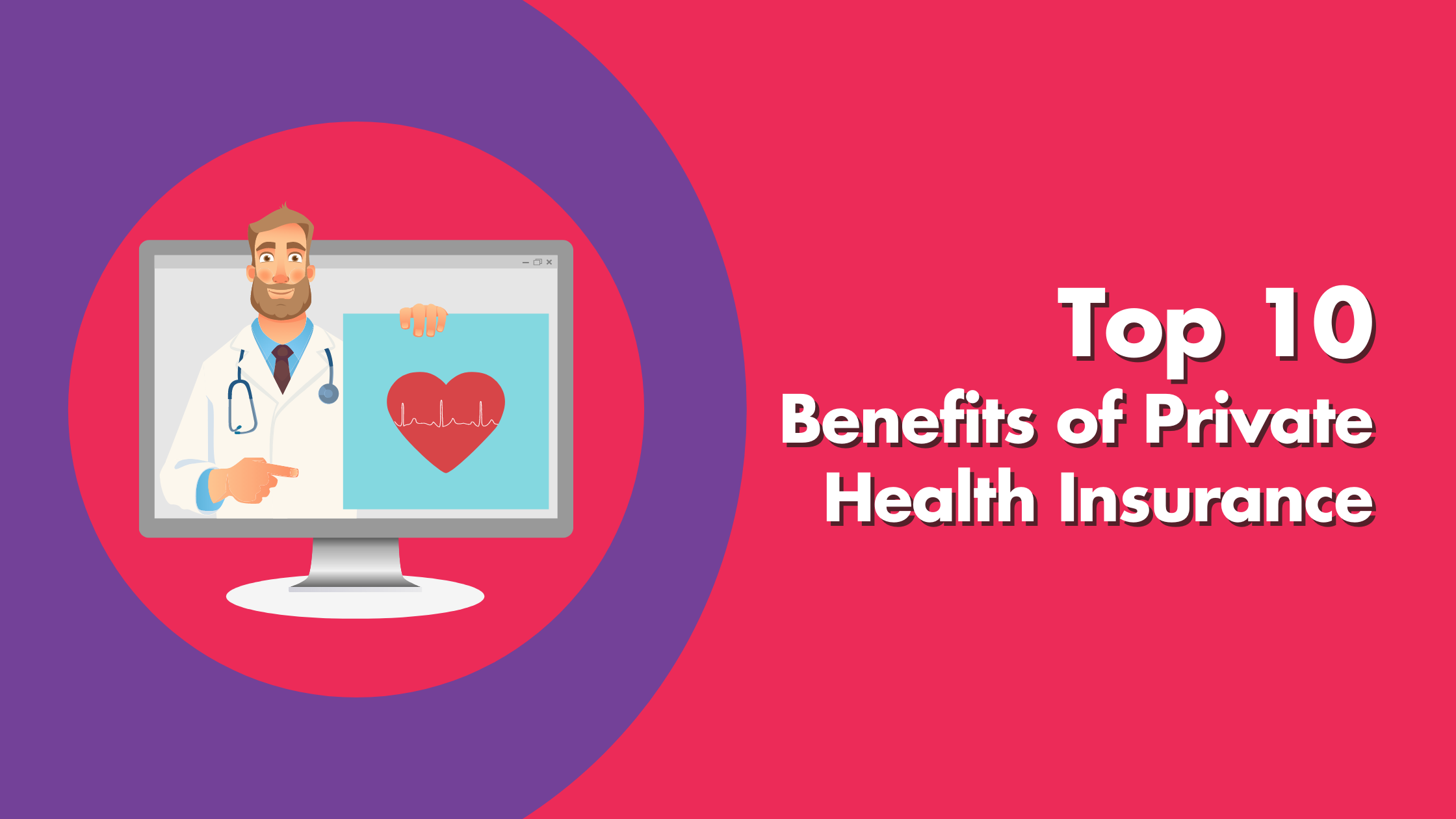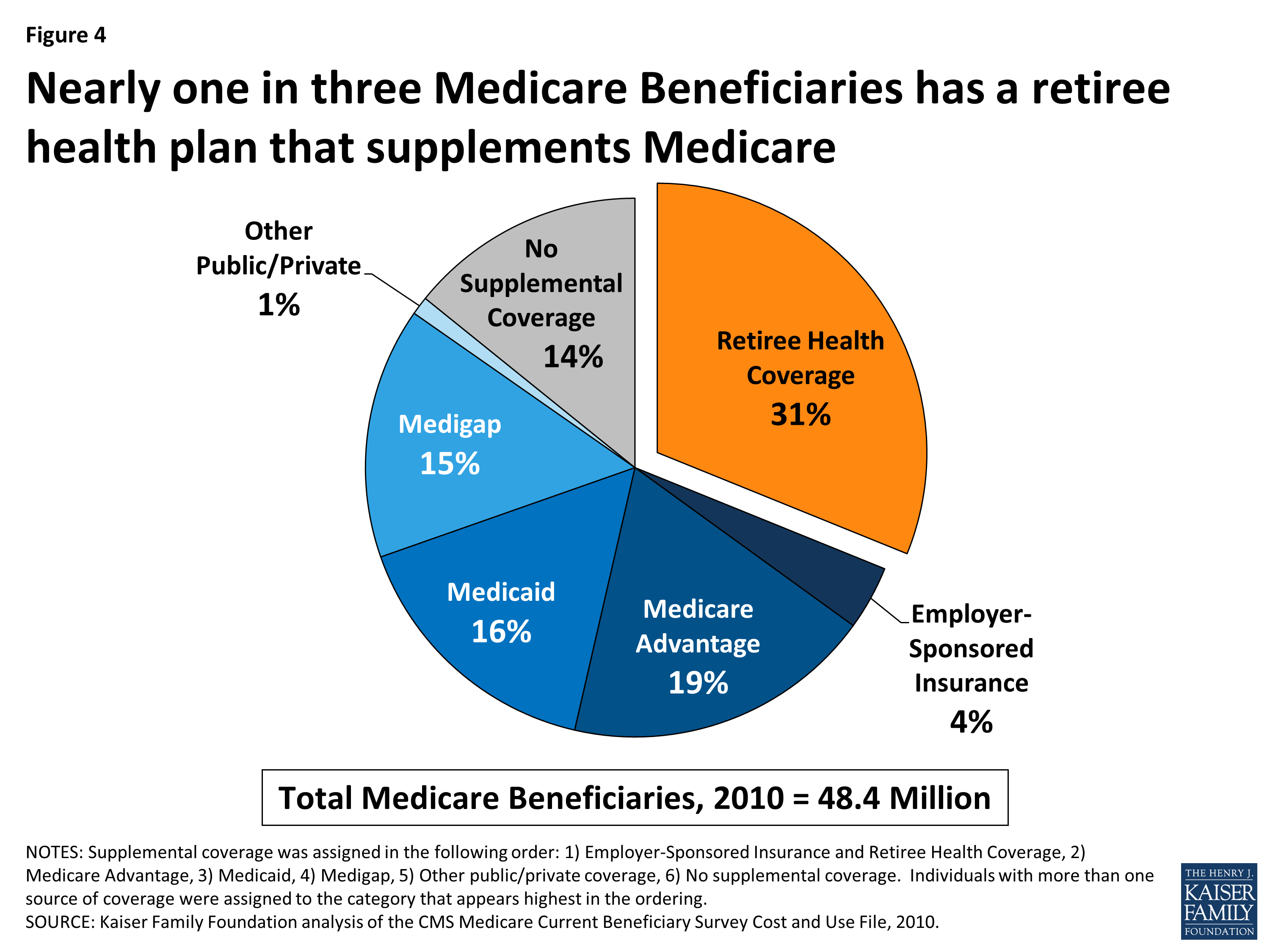What Does Medicare Advantage Agent Mean?
What Does Medicare Advantage Agent Mean?
Blog Article
Medicare Advantage Agent - Truths
Table of ContentsThe smart Trick of Medicare Advantage Agent That Nobody is DiscussingOur Medicare Advantage Agent PDFsThe Basic Principles Of Medicare Advantage Agent

adheres to from puzzling the fairly young age profile of the without insurance with the far better wellness, generally, of more youthful persons. This covers the link in between health condition and health and wellness insurance. For those without accessibility to office medical insurance, inadequate health is a prospective barrier to acquiring nongroup coverage due to the fact that such coverage might be extremely priced, omit pre-existing conditions, or be just unavailable. The number of uninsured Americans is not particularly huge and has not transformed in the last few years. 7 out of ten respondents in a nationally representative study thought that fewer Americans lacked medical insurance than really do(Fronstin, 1998). About half(47 percent )believed that the variety of people without health and wellness insurance coverage decreased or continued to be constant over the latter half of the last years(Blendon et al., 1999). This decrease of nearly 2 million in the number of people 'without insurance (a decrease
of around 4 percent)is definitely a favorable adjustment. With a softer economic climate in 2000 the most recent reported gains in insurance coverage may not continue(Fronstin, 2001 ). The decline in the variety of uninsured will not continue if the economy stays slow and health care prices continue to outpace rising cost of living. This is since the information were gathered for a duration of solid financial performance. Of the estimated 42 million people that were without insurance, just about about 420,000(concerning 1 percent)were under 65 years of age, the age at which most Americans come to be eligible for Medicare; 32 million were grownups between ages 18 and 65, about 19 percent of all adults in this age; and 10 million were kids under 18 years old, regarding 13.9 percent of all youngsters (Mills, 2000). These price quotes of the variety of persons uninsured are generated from the yearly March Supplement to the Present Population Survey (CPS), performed by the Census Bureau. Unless or else noted, national estimates of people without health and wellness insurance coverage and percentages of the populace with different sort of coverage are based on the CPS, the most commonly utilized resource of price quotes of insurance coverage and uninsurance rates. These surveys and the price quotes they yield are explained briefly in Table B. 1 in Appendix B - Medicare Advantage Agent. These surveys vary in dimension and sampling approaches, the concerns that are asked concerning insurance policy
Medicare Advantage Agent - Truths
coverage, and the moment duration over which insurance coverage or uninsurance is measured(Lewis et al., 1998, Fronstin, 2000a ). Still, the CPS is especially useful since it generates yearly estimates reasonably rapidly, reporting the previous year's insurance policy protection approximates each September, and because it is the basis for a regular set of estimates for more than two decades, enabling analysis of patterns in coverage over time.

Getting The Medicare Advantage Agent To Work
Over a three-year duration starting early in 1993, 72 million individuals, 29 percent of the united state populace, were without protection for at the very least one month. Within a solitary year(1994), 53 million individuals experienced a minimum of a month without coverage(Bennefield, 1998a). Six out of every ten uninsured adults are themselves employed. Although functioning does improve the probability that one and one's relative will have insurance policy, it is not an assurance. Even participants of households with 2 full-time wage earners have virtually a one-in-ten opportunity of webpage being without insurance (9.1 percent without insurance rate)(Hoffman and Pohl, 2000 ). The partnership in between wellness insurance policy and accessibility to care is well established, as documented later in this phase. The relationship between health and wellness insurance and health and wellness results is neither direct neither basic, a comprehensive medical and health services study literature links health insurance protection
to improved access to care, better quality, and improved enhanced individual population populace wellnessCondition As an example, the second report, on individual health and wellness results for uninsured adults, is stood for by the innermost circle of the figure, while the third record, on family members wellness, includes the subjects of the second report yet emphasizes a different system of analysis, specifically, the family members. The 6th record in the series will provide information about approaches and efforts taken on locally, statewide, or country wide to deal with the absence of insurance and its damaging influences. Degrees of evaluation for taking a look at the impacts of uninsurance. This conversation of medical insurance coverage concentrates mainly on the U.S. populace under age 65 due to the fact that essentially all Americans 65 and older have Medicare or various other public insurance Visit Website coverage.
In addition, it concentrates especially on those with no medical insurance for any type of size of time. The issues dealt with by the underinsured remain in some areas similar to those faced by the without insurance, although they are usually less serious. Uninsurance and underinsurance, nonetheless, include noticeably various plan issues, and the methods for addressing them might vary. Throughout this study and the 5 records to adhere to, the major focus is on persons with no medical insurance and hence no aid in spending for healthcare beyond what is available with charity and safeguard institutions. Wellness insurance policy is a powerful factor affecting invoice of treatment since both patients and medical professionals reply to the out-of-pocket rate of solutions. Medical insurance, nonetheless, is neither necessary neither sufficient to get to clinical services. Nevertheless, the independent and direct impact of health and wellness
insurance policy protection on accessibility to health and wellness solutions is well developed. Others will certainly obtain the health care they need even without health and wellness insurance, by spending for it out of pocket or seeking it from companies that provide treatment totally free or at highly subsidized rates. For still others, medical insurance alone does not make certain invoice of treatment as a result of other nonfinancial barriers, such as an absence of health and wellness care suppliers in their neighborhood, minimal access to transportation, illiteracy, or etymological and social differences. Formal research concerning uninsured populaces in the United States dates to the late 1920s and early 1930s when the Committee on the Cost of Medical Treatment generated a series of reports concerning financing physician workplace sees and hospital stays. This problem ended up being prominent as the varieties of clinically indigent climbed throughout the Great Anxiety. Empirical studies constantly sustain the web link in between accessibility to care and boosted health outcomes(Bindman et al., 1995; Starfield, 1995 ). Having a normal resource of care can be thought about a forecaster of gain access to, as opposed to a direct measure of it, when health outcomes are themselves made use of as accessibility signs. This extension of the idea of access dimension was made by the IOM Committee on Checking Access to straight from the source Personal Healthcare Solutions(Millman, 1993, p. Whether moms and dads are insured appears to influence whether their youngsters obtain care along with just how much careeven if the youngsters themselves have protection(Hanson, 1998). The health of moms and dads can impact their ability to care for their youngsters and the level of family members anxiety. Bothering with their youngsters's accessibility to care is itself a resource of anxiety for parents. Three chapters follow in this report. Chapter 2 supplies a review of how employment-based health insurance policy, public programs and specific insurance coverage operate and interact to supply considerable however incomplete insurance coverage of the U.S. populace. This includes a review of historical patterns and public laws influencing both public and exclusive insurance, a discussion of the interactions amongst the various sorts of insurance, and an assessment of why people move from one program to another or end up

Report this page